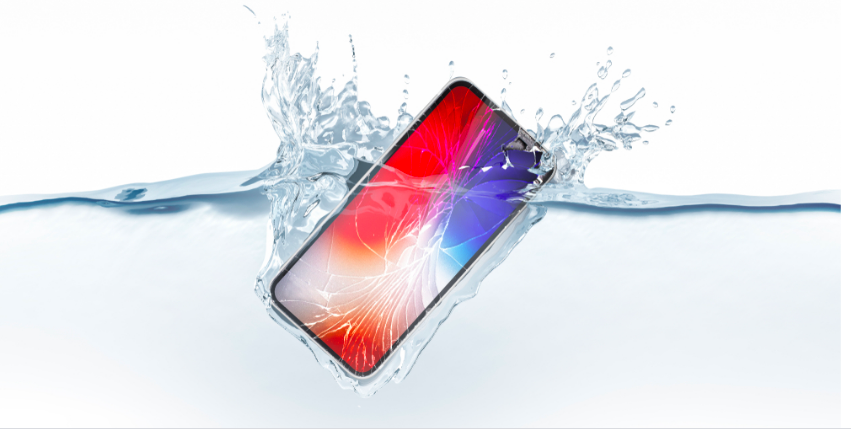
Water and electronics really don’t mix. Anyone who has dropped their smartphone into a pool — or even the toilet — has found that out the hard way. One false move and that $1,000 fancy piece of gear might become nothing more than a paperweight.
Of course, many modern mobile device manufacturers have worked hard over the years. Nowadays, their offerings are much more water-resistant than ever before. High-end camera producers have also successfully made similar progress, giving photographers more ability to capture images in very harsh and inclement conditions.
One of the most tried-and-true methods is through the relatively simple process of waterproofing an electronic enclosure to a degree that it can be fully submerged in water and then housing the device within.
Sounds easy enough, right? Well, it can be. Here are a few tips that will help make sure you do it right.
1. Always Remember Simpler Is Better
The more complex an electronic enclosure becomes, the more difficult it will be to keep it sealed. You want to do everything you can to minimize potential points of failure. Don’t use multiple parts in combination if you can get by with just one or two. Whenever possible, follow the KISS principle — Keep It Simple, Stupid — and don’t overcomplicate the design.
2. Always Use Suitable Materials
Your electronic enclosure needs to be made of suitable materials. This should go without saying, but it is possible to make poor choices if you’re not careful. Be sure you go with an enclosure casing that will not shrink and expand, for example, in response to temperature fluctuations. Without the right materials, even the best design will fall short.
3. Always Use the Best Seals for the Job
Using the right seals is just as important as using the right base materials. For instance, Viton fluorocarbon o-rings make a good fit when it comes to electronics. With its combination of high-temperature resistance and outstanding chemical resistance, it can be considered an optimal universal o-ring. As they say, you’re only as strong as your weakest link so don’t cut corners on the seals.
4. Always Pay Attention to Weak Spots
Even with the right materials, you need to be aware that different aspects of even suitable materials will have weak points. Specifically, thin edges and corners are more susceptible to changes in their composition, so you must pay special attention to these areas. Be sure to consider these factors in the design and execution.
Top Tips for Waterproofing and Sealing With Confidence
If you absolutely need something impenetrable to water, a solid brick of metal is your best bet. Nothing is getting in there. In the real world, though, when you need an enclosure to protect a valuable device, proper waterproofing is the next best thing.
The key is doing it right from design to final product. That requires simple design, suitable materials, proper sealing devices and paying special attention to any known weak spots.







